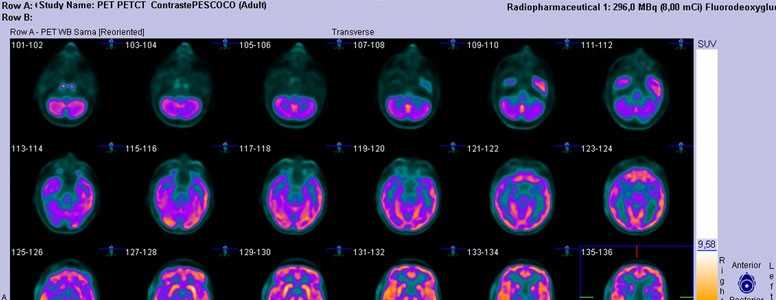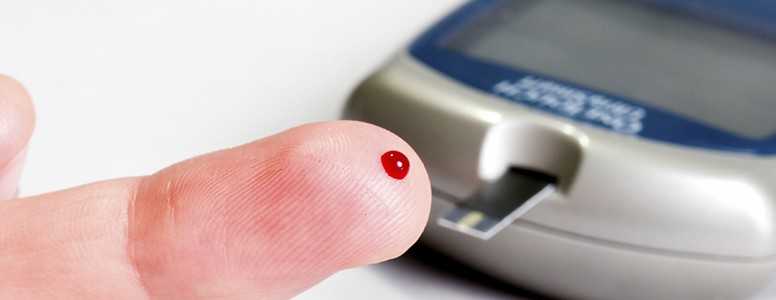Previous research suggested that statins can protect against neurodegenerative diseases, like Parkinson’s, but a new analysis of a large US patient database shows otherwise.
This could mean that the potential added advantage of having a lower risk of neurological disorders for statin users, like people with type 2 diabetes, who continue taking the drug upon having reached their cholesterol goal may have been overstated.
In this new study, researchers from Pennsylvania State University College of Medicine pulled out data on 20,000 Parkinson’s disease patients aged 40 to 65 years from the MarketScan Commercial Claims and Encounters database.
They found that people using statins tend to have a higher risk of developing the disease than controls. The association of statins with a diagnosis of Parkinson’s disease was also significant.
It is well known that advancing age is an important, if not the biggest, risk factor for Parkinson’s disease, but the findings stayed consistent after adjustment for age. The same held true with other comorbodities such as diabetes, hypertension and heart disease.
Researchers believe that the results could stem from the fact that high cholesterol is thought to have a protective effect on the risk for Parkinson’s disease, and therefore lowering cholesterol with statins may be harmful for some people.
At the same time, the role of statin use has been the subject of debate following a study, published in 2012 in the Archives of Neurology, which showed that statins might, on the contrary, be neuroprotective agents because of their potent anti-inflammatory effects.
The lead author of the current study, Xuemei Huang, and colleagues have tried to establish a definitive causal relationship between statins and the end point of Parkinson’s disease.
Their most compelling finding is perhaps that statin treatment duration seems to influence risks for Parkinson’s disease.
The risk ratio is at its highest after less than a year of statin use (1.93), before decreasing between one to two and a half years of treatment (1.83), and then drops significantly at two and a half years onward (1.37).
To date, many of the studies showing a protective role for statin on Parkinson’s disease have failed to interpret the data in the context of high cholesterol levels, which, evidence suggests, have an impact on Parkinson’s disease.
Overall, the findings are significant but further studies are needed to investigate the absolute effect of statin in the risk of Parkinson’s disease.
What's new on the forum? ⭐️
Get our free newsletters
Stay up to date with the latest news, research and breakthroughs.







